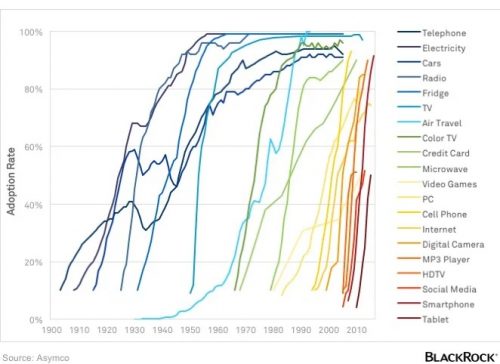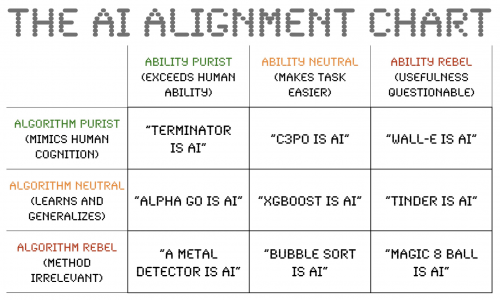That thing to the right is a USB-C charger, a totally mundane device that we tend to take for granted. You’ve probably got one, or something similar. I have a similar device by a different company, it’s a boring utilitarian widget you need to keep a device powered up.
It contains a 48mHz CPU, 8K RAM, and 128K of flash memory. I’m torn between sneering at those pathetic stats and being impressed that a mere charger has that much computing power — my first home computer had a 1mHz CPU and 16K RAM, and heck, now mere cables contain complex circuitry.
But now compare that USB charger to the Apollo 11 guidance computer.
Compared with the Apollo 11 Guidance Computer it runs at ~48 times the clock speed with 1.8x the program space.
They compared several USB chargers to the Apollo guidance computer.
I guess once I dismantle this here stupid $30 wall charger, all I need to do is assemble a few million kilograms of simple stuff like rocket engines and fuel and a life support system, and I’ll be taking off for the moon. See you all later!









